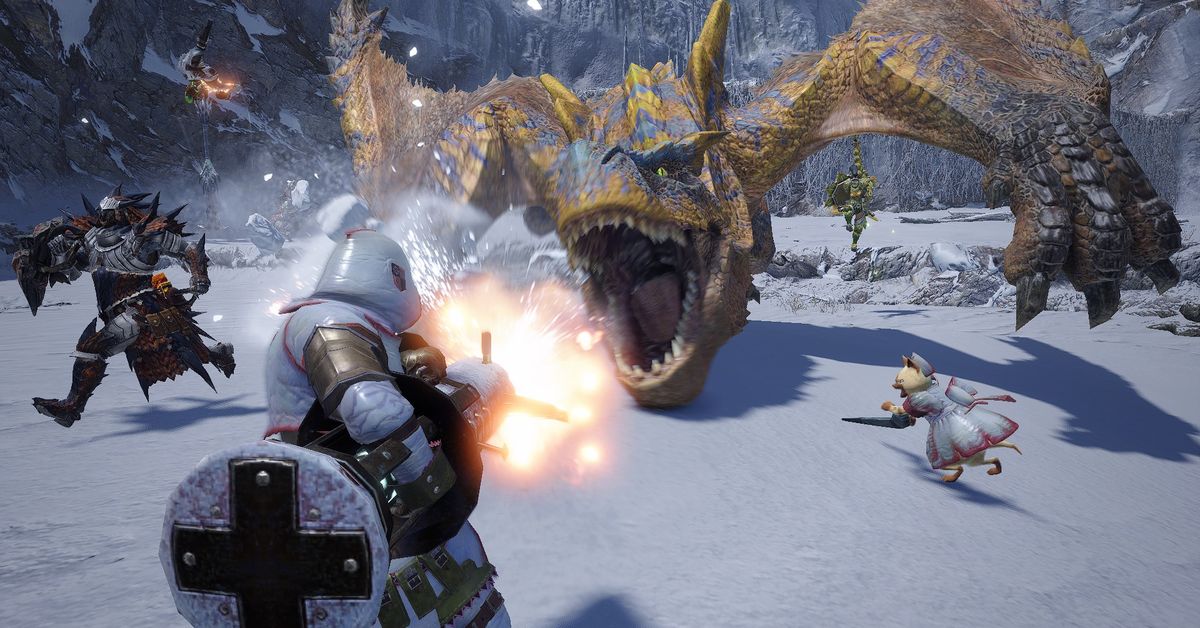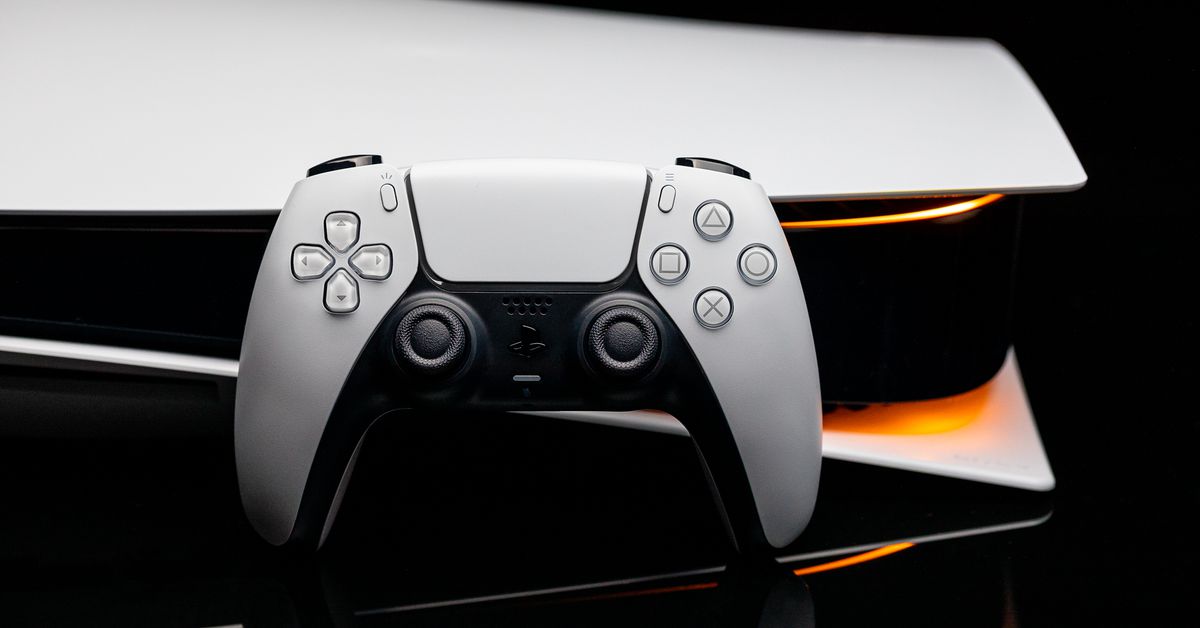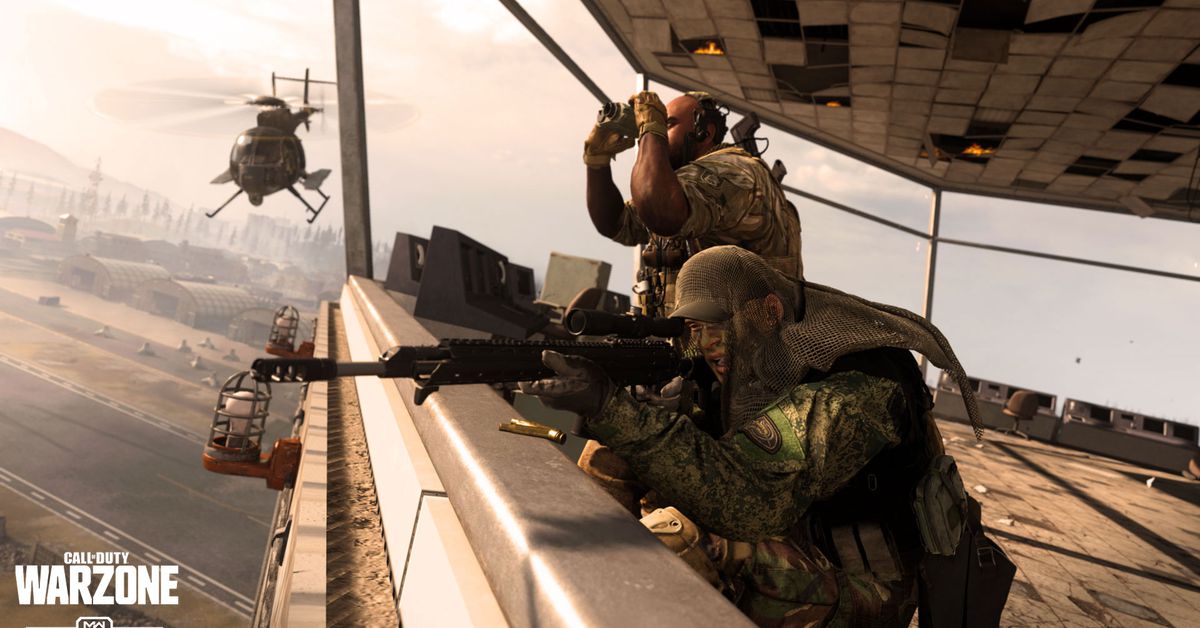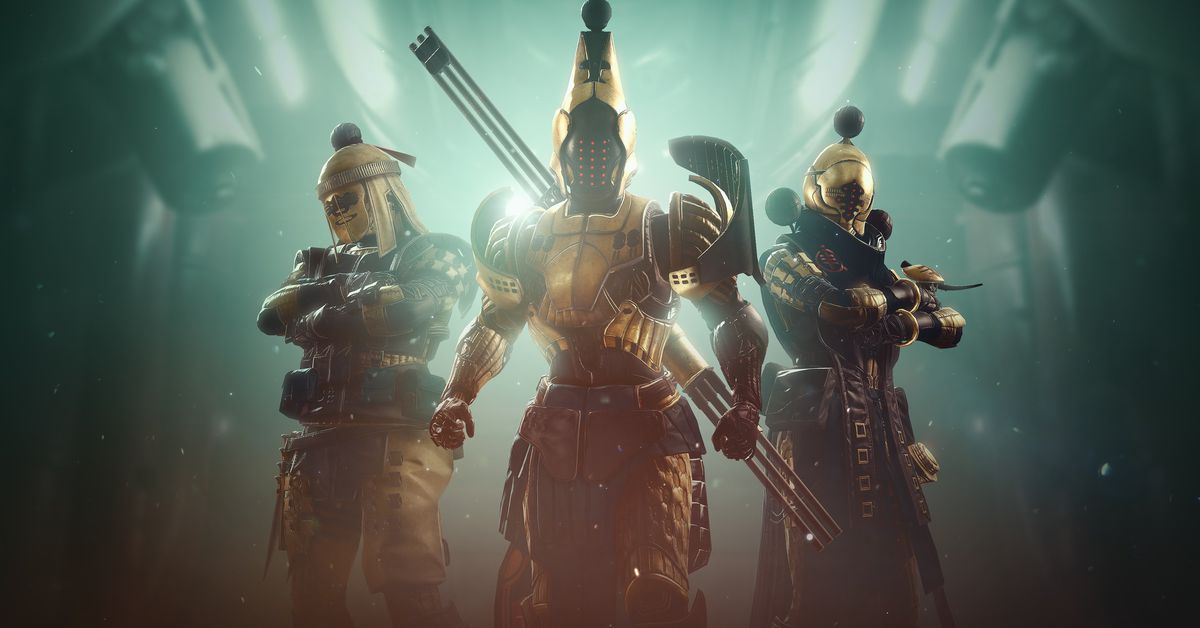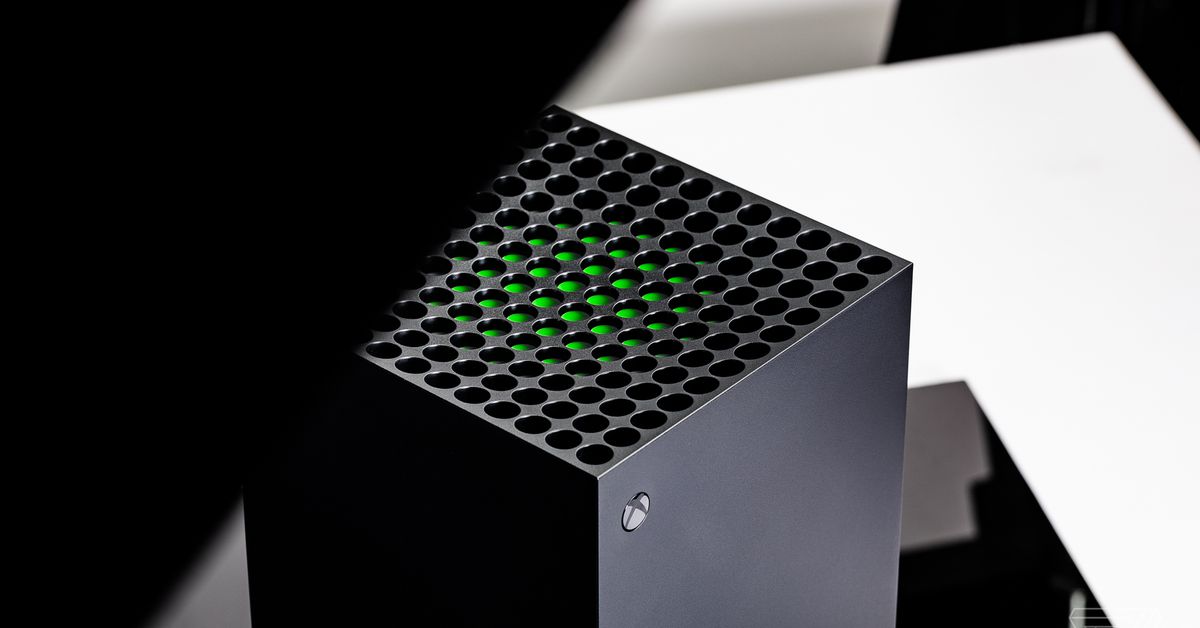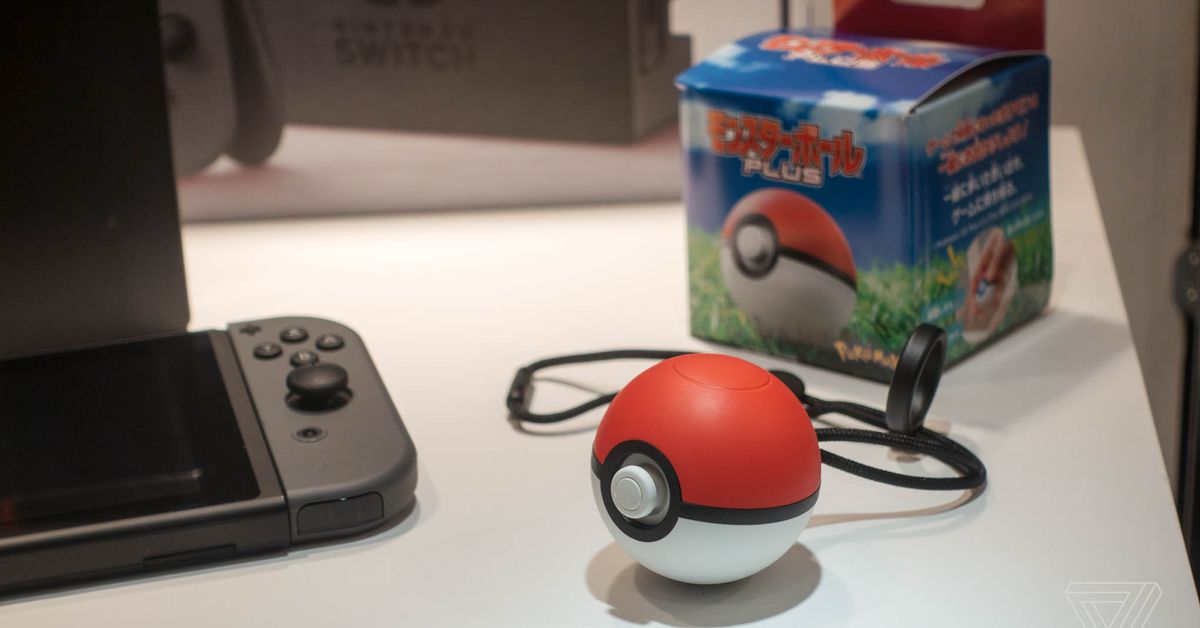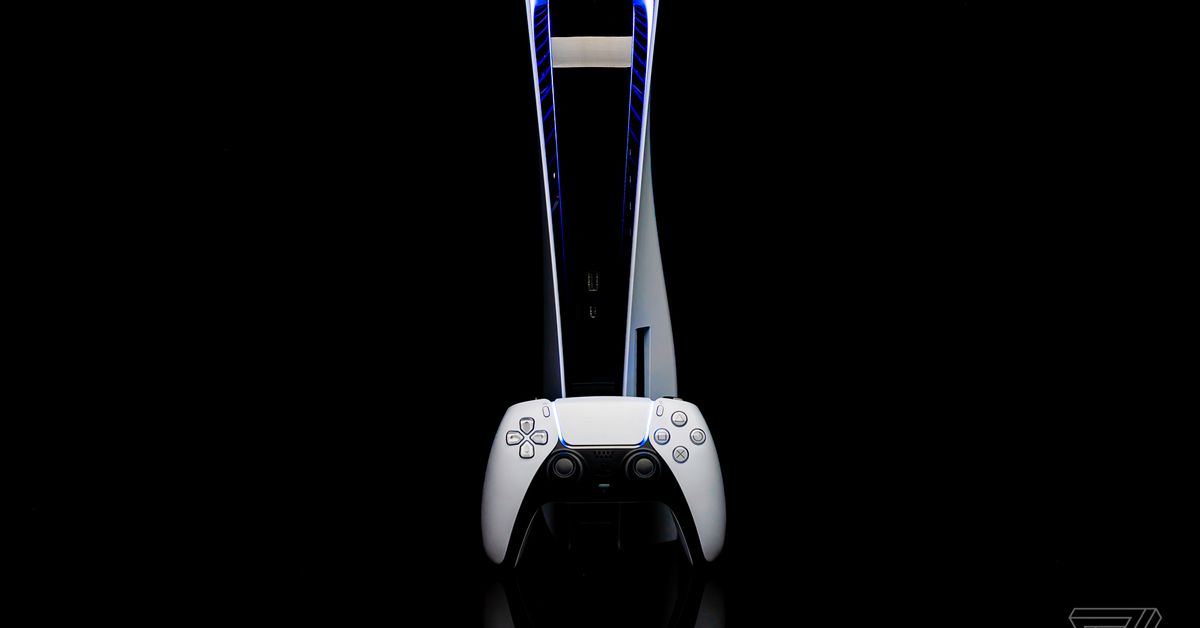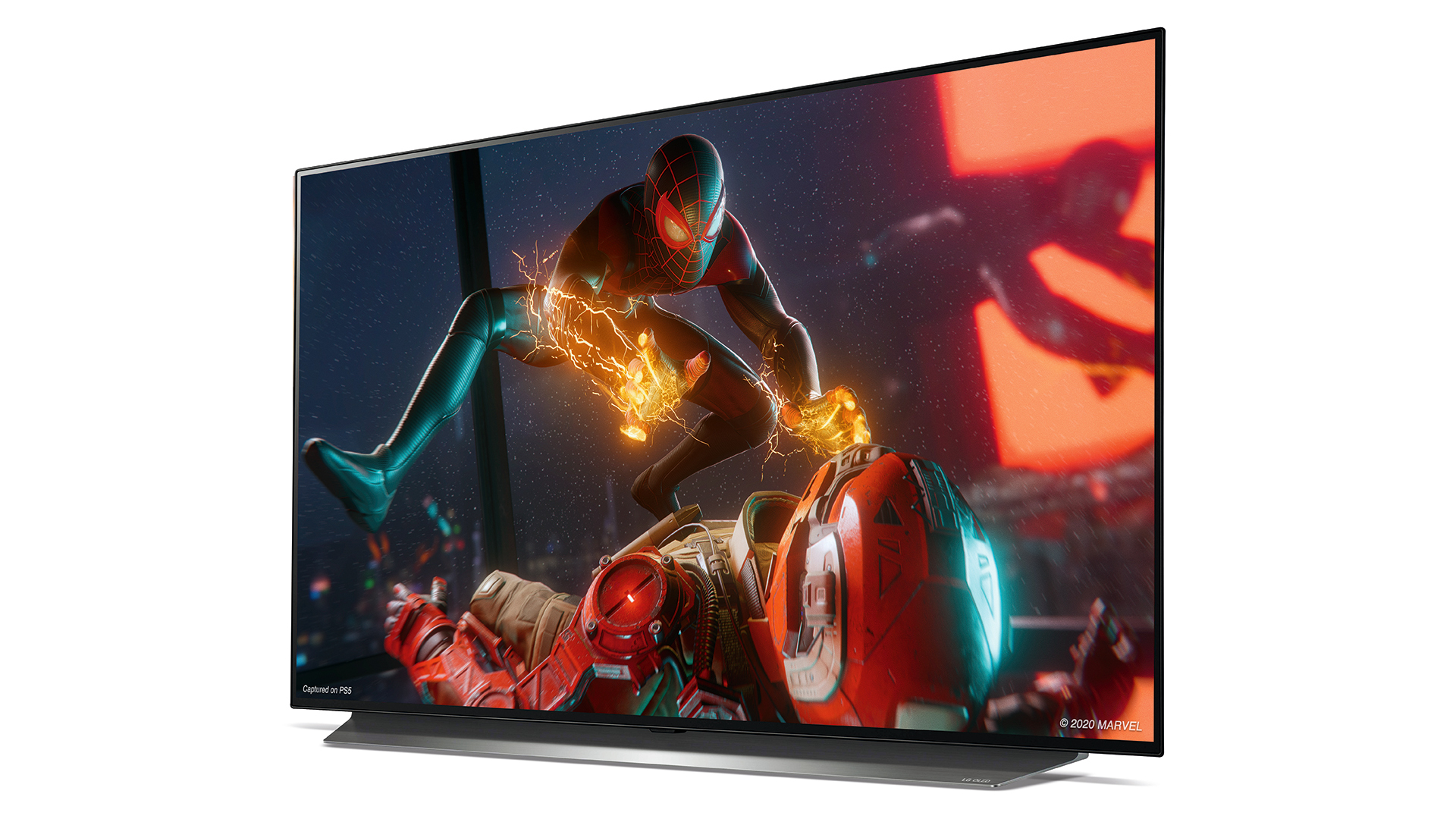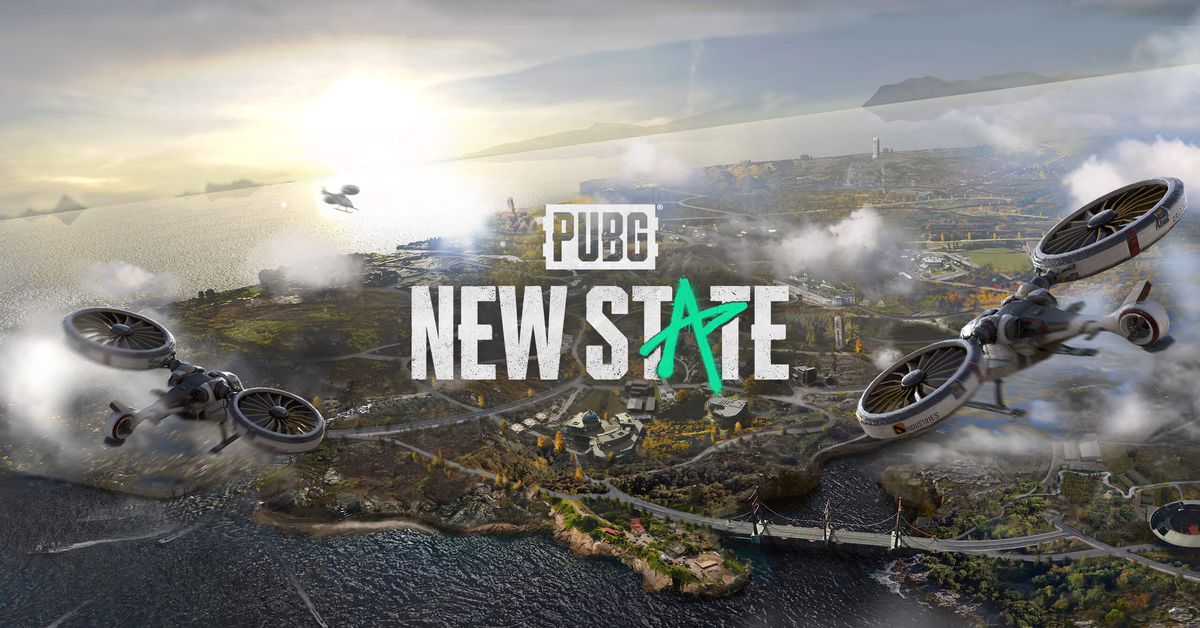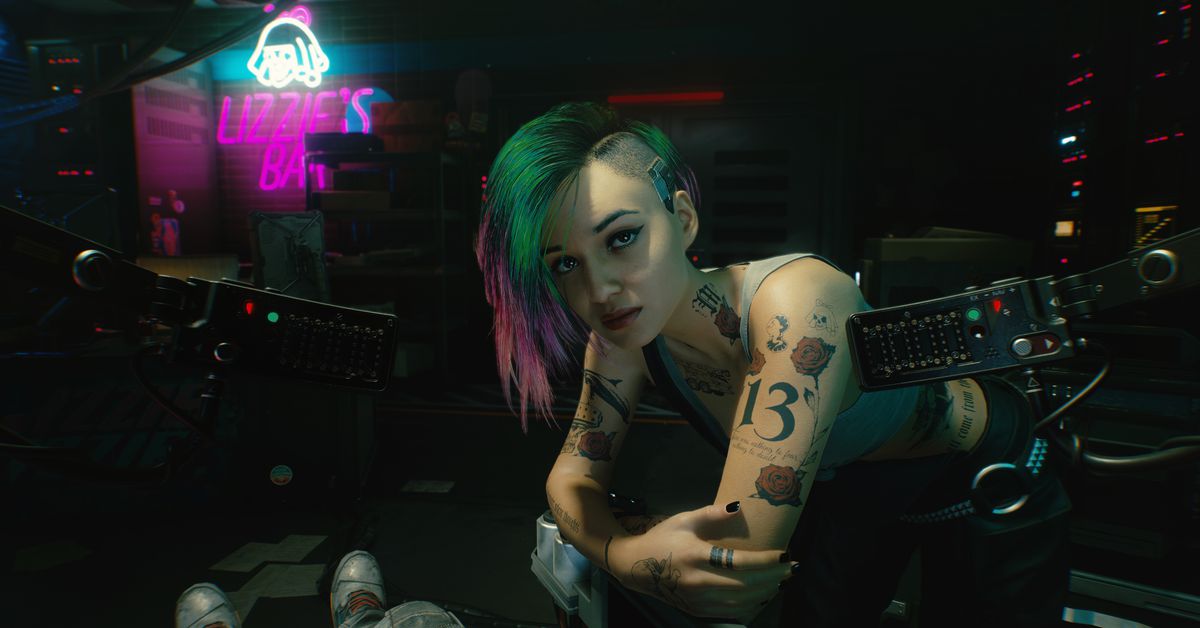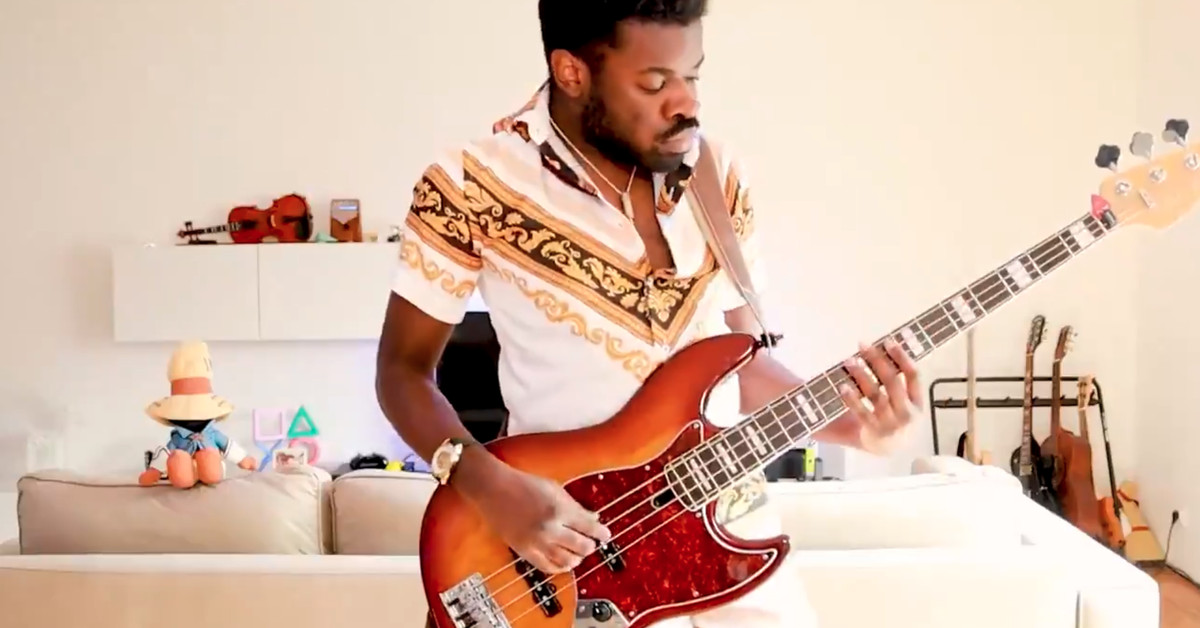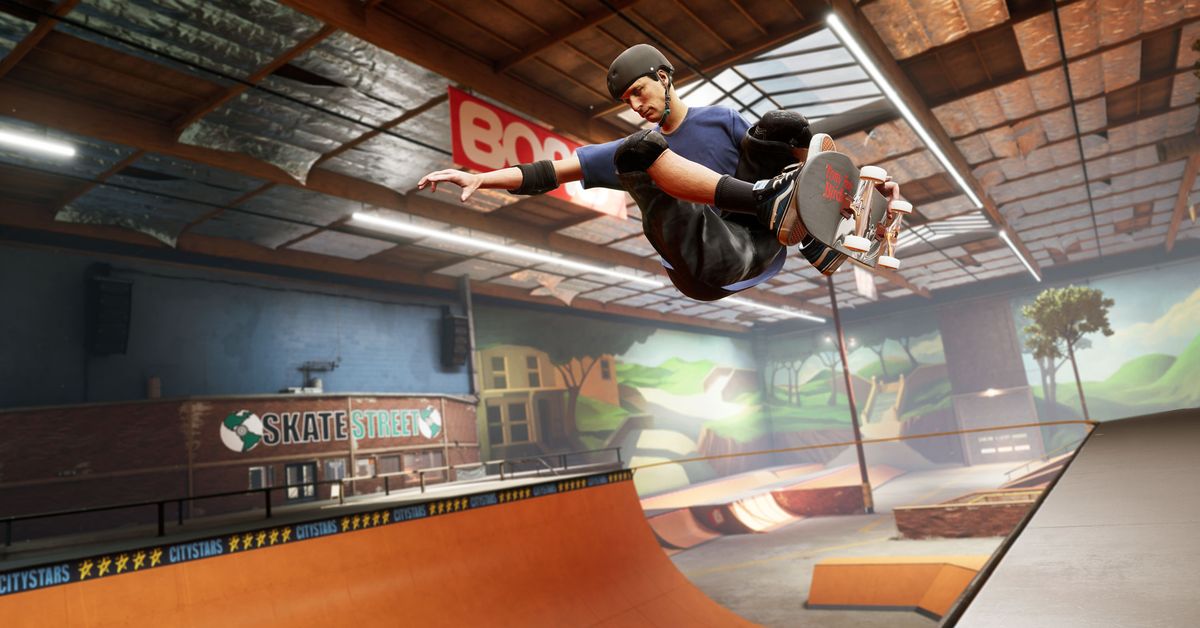Capcom finds itself in an interesting position with Monster Hunter Rise, its new title for the Nintendo Switch. 2018’s Monster Hunter World was a huge triumph, bringing the series to a Western audience accustomed to home consoles and PCs and becoming one of the company’s bestselling games ever. But in doing so, it had to abandon some of the biggest factors behind Monster Hunter’s Japanese success: portability and local multiplayer.
Since Capcom started work on Monster Hunter World, though, the Switch has become a global hit, and on paper it sounds like it should be a perfect system for the series. It’s much more capable than the PSP and 3DS hardware that made Monster Hunter a social phenomenon in Japan, while offering the flexibility to let you play on your TV or on the go. That’s where Rise comes in.
“We think that by releasing this on a portable console we’ve made it a lot more accessible, a lot more easy to pick up and play,” producer Ryōzō Tsujimoto tells The Verge. “It’s also obviously easier to play with people in your immediate environment. So it’s very well suited for playing at home with your family, and you can pick it up and play whenever you want — you can do a couple of quick quests before going to sleep. So yeah, we think it might bring back some people [who didn’t play World] because of just how easy to access it is, how easy to pick up it is.”
But the Switch presents technical challenges for Monster Hunter Rise compared to World, which used more powerful PS4 and Xbox One hardware as a development baseline. Earlier Monster Hunter games took place in small, numbered areas separated by loading screens, while World had complex multilevel stages that you could seamlessly explore. Rise manages to split the difference — you wouldn’t mistake the environmental complexity for that of World, but the graphical fidelity is impressive for the Switch and there aren’t any loading times once you’re in a level.
“In the very early stages of development, we were still kind of toying around the idea of keeping the same map system from the older games, with separate areas divided by loading screens,” says director Yasunori Ichinose. “But over the course of development, as we saw how World was doing, we basically got the request to make all of the environments open like in World. So it wasn’t something that we planned from the start, but it’s something that we are definitely happy we did.”
The stages also have a much greater degree of verticality compared to earlier games — Ichinose says that’s what the “Rise” in the title refers to — and the ability to zip around the environments with the new Wirebug or ride on the back of a canine Palamute companion offers further options for traversal. In fact, Ichinose says, that’s why Capcom decided to put the monsters’ locations on the map from the start of every quest, rather than force hunters to track them down from scratch — in Rise, figuring out how to get to the monsters could be a challenge in itself.
Still, I wondered whether Capcom had weighed the risk of losing some of its fans who jumped on board with World and might be expecting another technical leap forward. Could the move to Switch have an effect on Rise’s popularity in the West?
“We’re not particularly worried about that,” Tsujimoto says. “I mean, every time that we make a Monster Hunter game, we make sure that it is a good, proper new Monster Hunter game. It’s not that we’re less invested in our portable entries or anything like that. It’s just that Monster Hunter Rise is a game that just happens to be on a portable console, and so we’ve optimized it for that. But it doesn’t really change anything from a gameplay perspective — it’s still very much Monster Hunter, so the fans will still enjoy it.”
Besides, as Tsujimoto confirmed at the end of our interview, Monster Hunter Rise is actually coming to PC as well, with Capcom targeting a release date sometime in early 2022. That should be a good option for anyone who’s reluctant to give up World’s smooth frame rates on modern hardware. If you’re planning to play on Switch, though, there’s just one month to go — Monster Hunter Rise will be released worldwide on March 26th.
